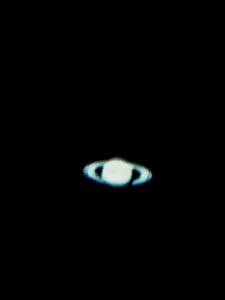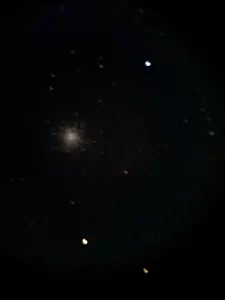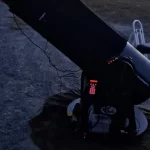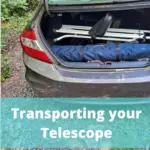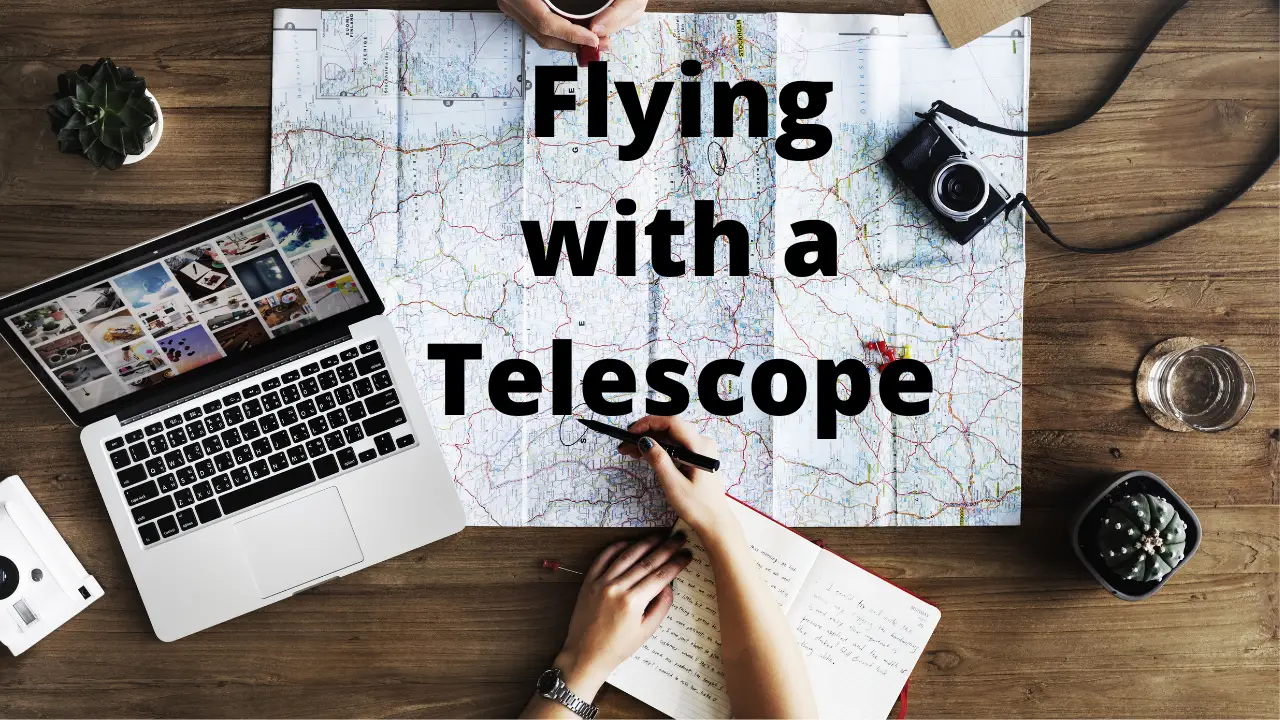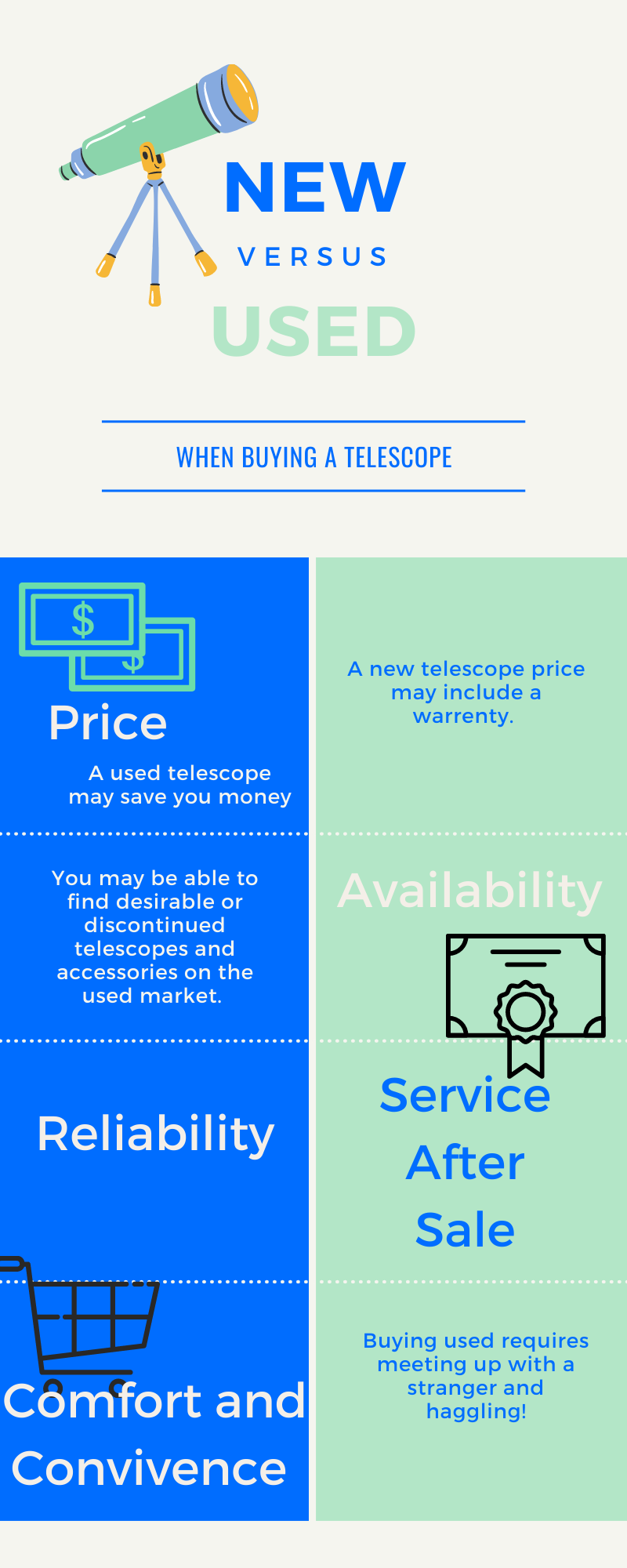I recently started doing more advanced photography with my 16” Dobsonian telescope. I bought a planetary camera and I installed the stacking software and it has been really fun.
Dobsonian telescopes are not the preferred telescope mount for astrophotography, but they are capable of producing some beautiful planetary and lunar images. Smartphone, DSLR and planetary camera photography are all possible on a goto or manual Dobsonian mounted telescope.
You can capture images from a Dobsonian telescope and process them using stacking software or more advanced photo editing software.
I am not very tech savvy, so it has been a very steep learning curve for me. I have reached out to some friends from my Astronomy groups and I do not think I would have been able to do any of this without help.
I will warn you that it is very addictive to start taking beautiful images of the night sky. As soon as I get one skill going I cannot wait to add more. I just purchased my first planetary camera and I am already shopping for more gear.
What is the best camera for a Dobsonian telescope?
DSLR, dedicated cameras and Smartphone cameras can all work with a Dobsonian telescope. There is no best camera for all situations.
I have used a Planetary Camera and a smartphone camera with my Dobsonian telescope.
Any camera that can be mounted to a telescope can be mounted to a Dobsonian. All telescopes accept 0.965”, 1.25” or 2” eyepieces and your camera will mount in the same place.
Select a camera based on your goals and your budget. A smartphone will be the most convenient way to start taking pictures and you can try it out with no special equipment.
If you have access to a DSLR you can start to build more skills and capture more objects more clearly.
DSLR are general use cameras and they are prized for their many features. They are capable of long exposure times which are more difficult to achieve with a Dobsonian mount. They are easy to find and you can usually find a good deal on one.
They are not designed for astrophotography.
Dedicated cameras are designed for planets or deep space objects. They come in many price points, but they require a laptop to be used in the field when observing. This is the gold standard in astrophotography.
I have ZWO ASI 224MC, it was not too expensive and it was pretty easy to set up. I have only used it for 2 nights, so I am quite a beginner.
This camera attaches to a balow in the focuser without an eyepiece and becomes your eyepiece. You view the image with a connected laptop.
Some telescopes do not require the use of a barlow with a dedicated camera, but my 16” dob does.
How to Take Smartphone Pictures with a Dobsonian Telescope
I started by taking handheld smartphone photos. They are best for planetary or lunar photography, but there are some deep space objects that can be captured this way.
The concern with a Dobsonina mount and astrophotography is when we are using long exposure times and we need to move the telescope to follow the object. Dobsonian mounts move up and down and left to right so the arc movement is not as smooth as an EQ mount.
When you are taking pictures with a smartphone, you are limited in your exposure time so you will not likely have tracking issues. If you start to notice that stars are becoming fuzzy or elongated try capturing video and stacking it with stacking software like AutoStakkert.
If you are going to use a smartphone it is best to use Pro mode so you can adjust the ISO. The moon and planets are very bright so you want to turn down the ISO so your exposure is better.
You may also want to invest in a phone mount. This device will attach to your eyepiece and hold your phone steady while taking pictures.
The Celestron NexYZ is a very popular phone mount for your telescope.
It can be frustrating to try to take a picture because when you touch the phone it moves. A remote shutter for your phone will allow you to take a picture without touching your phone.
I have seen 10 second exposures done with smartphones and they are gorgeous.
My best smartphone photos do not have long exposures, but I am still pretty proud of them:
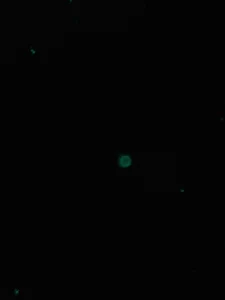
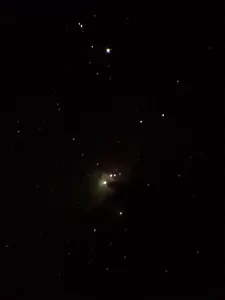
You may have difficulty getting the camera aligned with the eyepiece on your telescope. It can be very frustrating.
I have also taken a video, so when the image was aligned I would take the picture while the image was in focus.
You can also pause a video and screenshot your image.
SnapSeed is the editing app I used on my phone, but your phone’s built-in photo editor may be all you need for some decent shots.
You can also take videos and stack them using stacking software. I use AutoStakkert and Registax to stack videos that I have taken. There are others on the market but these are the ones I am currently using, and they have given me good results.
Is a Dobsonian telescope good for astrophotography?
Dobsonian describes the mount of the telescope. Dobsonian mounts move side to side and up and down. They are designed for visual observation. Many astronomers prefer other Altaz mounts or EQ mounts for astrophotography because they move in a smooth arc. This allows for long exposure photography of objects as they move across the sky.
You can use a Dobsonian mounted telescope to capture beautiful lunar, planetary and deep space images, but the tracking will not be as smooth and the alignment is different.
I have just started taking pictures with my Dobsonian telescope and I have been very happy with the pictures I have been able to get.
Start by photographing the moon, not on a full moon. It is a good target to start with, you will get some very impressive images even from a handheld smartphone.
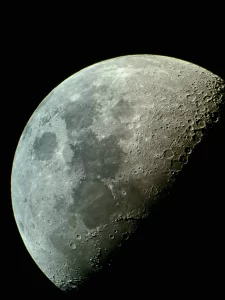
You can experiment with a filter and without, adjust your ISO (start around 800) and try some editing effects.
There are inexpensive phone holders that will hold your phone over the eyepiece. I found this difficult to use because it did not fit over some of my larger eyepieces and it was difficult to align the camera with the eyepiece.
The Celestron NexYZ is another option for a phone mount, it is more expensive, so I am sure they have addressed the issues I was having with a cheaper mount.
I have seen some 3D printed phone holders that were pretty cool, this could be an option if you have access to a 3D printer.
Can you connect a DSLR to a Dobsonian telescope?
A DSLR will give you more options for astrophotography. They can be attached to your Dobsonian mounted telescope. A T-Ring, T- Adaptor and a Barlow is used to connect a DSLR camera to the focuser of your telescope. You do not need a camera lens or a telescope eyepiece. There are a variety of ways to set up the connection and it varies from scope to scope.
The connection is possible, but there are several set ups and they all have different benefits and drawbacks. You can connect without a barlow, but you may have to adjust the position of your mirror and it is too finicky for many astronomers.
If you have a DSLR, be sure to get the correct adaptors that fit your telescope and your camera, Schmidt-Cassegrain telescopes require different adaptors as do EdgeHD. Prime focus is another popular setup where the camera is connected without a barlow.
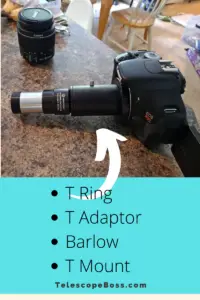
If you choose to do Prime focus you are changing the function of your telescope and you may no longer be able to use it for visual observing. If you choose to make serious adjustments to your telescope, be sure you understand it thoroughly.
If you want more information about connecting your scope and your camera check out this video:
Do I need a 5x Barlow or can I use a 2x?
When you are using a DSLR camera the magnification provided by your barlow gives different results. You can use any barlow that is available and play with the settings to see if you get images that you are happy with. Barlows come in magnifications from 2x to 5x and they are pretty inexpensive.
I have been happy with GSO brand or High Point Scientific.
If you have a Dobsonian telescope and you are seeing all the beautiful images produced by other astrophotographers, give it a try.
Be sure to have realistic expectations.
Below are a collection of images I have taken with my 10” and 16” Dobsonian telescope with a smartphone.
I am pretty new to the hobby and very new to the photography side, so this is what most people can expect to get starting out.
